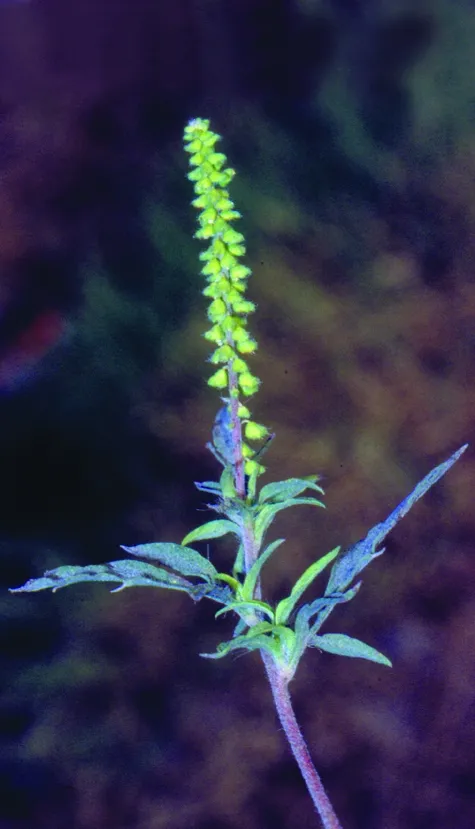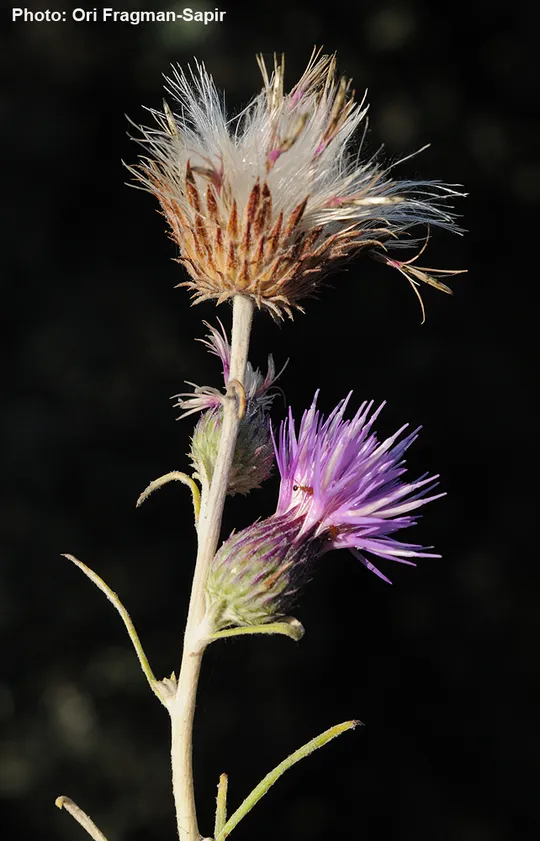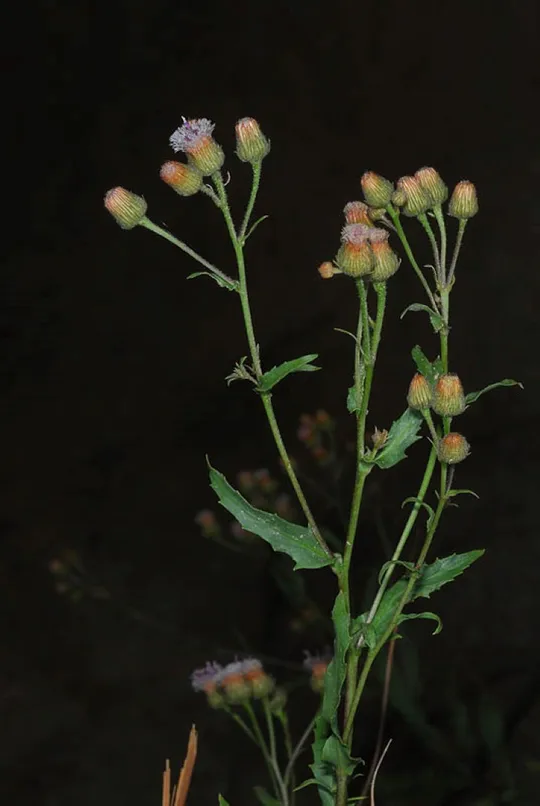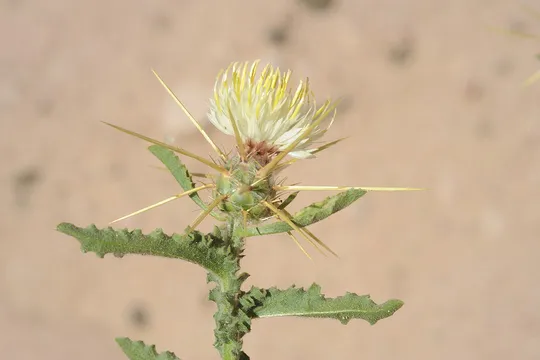Lachnophyllum noaeanum



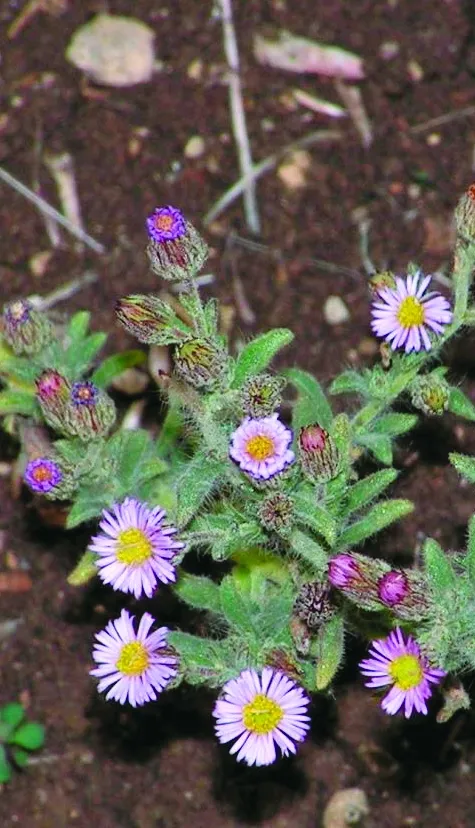
Lachnophyllum noeanum now
grows, according to data from the 1980s and 1990s, in 6 regions: Jezreel Valley (2 sites), Lower
Galilee (2 sites), the Golan (five sites), the Carmel (one site), Samaria (3 sites) and the Samaria desert (one site). Formerly
it grew in seven additional regions, from which it is probably extinct: the Hula Valley,
Upper Galilee, Acre Valley, Carmel Coast, Jordan Valley,
Judean Mountains and the Philistian Plain (only until the 1950s). There is a single record from the Acre Valley next to the oil refineries, and since then it was not found again. There is only one record from the Carmel, at Zikhron
Ya’aqov, in
1949. In the Hula Valley there is one record from
Ayelet HaShahar in 1924.
Fallow fields and edges of agricultural
fields, mostly on heavy soil, on mountains and in the valleys in northern
Israel. Grows only on traditionally farmed areas.
Lachnophyllum
noeanum is a small genus,
which includes only two species that grow in central Asia and to the west. The genus
is close to the genera Conyza and Aster. The pappus in the
genus Lachnophyllum, unlike that of Conyza
is not longer than the ligulate flowers. Lachnophyllum differs from Aster
by its hairy stem and leaves (Aster is smooth), and by the outer flowers, which in Aster extend laterally and
those of Lachnophyllum
are bent backward. Lachnophyllum looks similar in
the field to Conyza, due
to its hairyness, but from up close by we can distinguish the glandular hairs,
the strong smell and the pink color of the flowers.
·
The
number of regions and the number of sites in
which Lachnophyllum
noeanum
is found has decreased greatly, probably due
to transition from traditional farming on heavy soil to modern agricultural
methods and the use of herbicides. Currently the plant has been seen on only 14 sites, but in the past, we estimate it grew in double or triple the number
of sites.
·
The
species is very rare and usually grows in sparse, isolated populations, in
which it grows as a singleton (represented by a
single individual). Nevertheless, some sites were found with
populations numbering 30-600 plants.
·
All sites
are located outside nature reserves.
A nature reserve with deep valley soil should be allotted Lachnophyllum
noeanum. It should be managed
with traditional, non-intensive farming methods, without the use of pesticides and/or
chemicals. Two
populations of L. noeanum
should be monitored, one west of Maǧdal Krum, and the other near Wadi Doreh, near the ostrich farm close to Moshav HaYogev in
the Jezreel
Valley.
Lachnophyllum
noeanum grows in the
Fertile Crescent region: eastern Turkey, northern Iraq and the mountains of Iran.
The species is not known from Lebanon, Syria and Jordan.
Lachnophyllum noeanum is a
rare plant, which
appears as single plants, or sometimes as dense
populations, on the margins of fields, olive groves or on the sides of
roads that have not been sprayed with herbicides. It grows on a few sites, all outside nature reserves. Its
habitat – traditionally farmed heavy soil in the
mountains and valleys and unsprayed
fallow fields on heavy soils – is disappearing very
rapidly.
Current Occupancy Map
| 1000 squre meter pixel | 5000 squre meter pixel | 10000 squre meter pixel | |
|---|---|---|---|
| number of observations | 0 | 0 | 0 |
| in total pixels | 0 | 0 | 0 |
| Family | Asteraceae |
| Classification | On the endangered species list |
| Ecosystem | Mediterranean |
| Chorotype | Eastern Irano-Turanian |
| Conservation Site | Wadi Doreh near HaYogev, Section west of Maǧdal Krum |
| Rarity |
1
2
6
|
|---|---|
| Vulnerability |
0
3
4
|
| Attractiveness |
0
0
4
|
| Endemism |
0
0
4
|
| Red number |
1
3.2
10
|
| Peripherality | N |
| IUCN category | DD EW EX LC CR EN VU NT |
| Threat Definition according to the red book | Vulnerable |
 Based on:
Based on:
